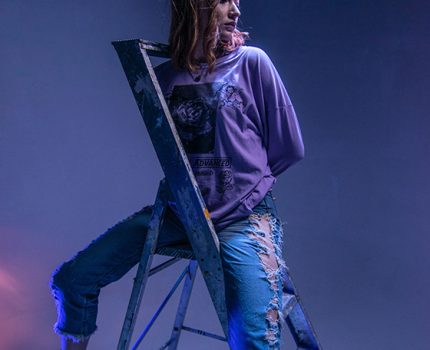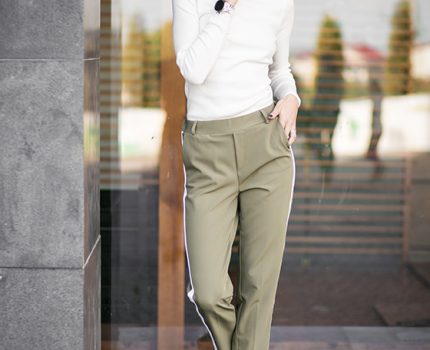The Costume Department: Key Players Behind the Scenes
In theater, film, and television, the costume department is vital. Costume designers create styles that align with the director’s vision, requiring creativity and research. Makers sew garments, ensuring they fit perfectly for performances. Wardrobe supervisors manage logistics and last-minute alterations. Illustrators bring designs to life through sketches, helping visualize final products. Researchers ensure historical accuracy. Assistants support all tasks, learning from experienced members. Together, they ensure characters are believable and memorable, enhancing storytelling despite working behind the scenes.















